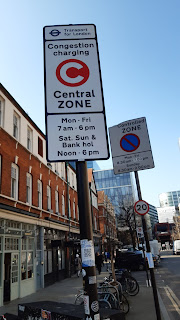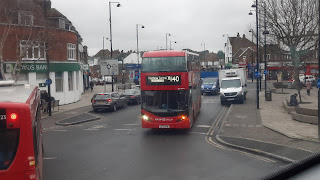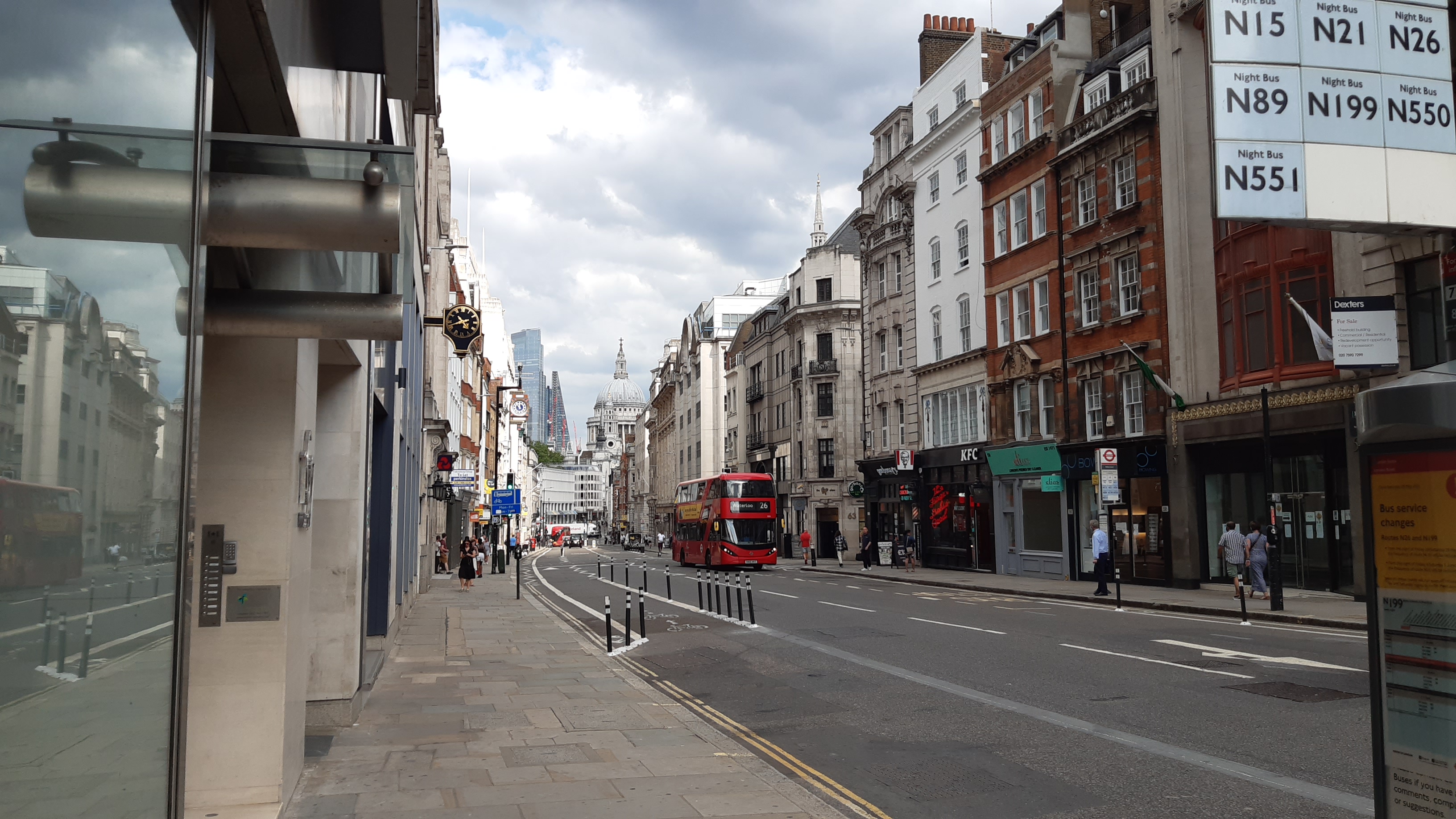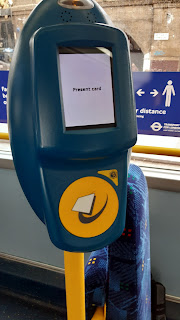The London Congestion Charge

The congestion charge as its name suggests charges drivers £15 a day to drive in Central London. Currently these fares operate between 07:00 and 18:00 Monday to Friday and 12:00 to 18:00 on Weekends and Bank Holidays but during the pandemic the times of operation were increased to between 07:00 and 22:00 everyday. The charges and fines are recorded using several hundred cameras in and on the border of the zone.
The Zone
The Congestion Charging Zone is roughly similar to zone 1 on the Tube Map (but the Congestion Charge Zone spans less far west than Zone 1). With it, roughly, bounded by the A5, A4202, and Vauxhall Bridge Road on the west and the A3204, A201, and Tower Bridge Road on the south. On the east it is bounded by the A1210, Commercial Street, and Great Eastern Street, and on the north by the A501 Euston Road.

The Zone, however, doesn’t completely follow these roads with cuts in the boundary being made to allow for easy travel around the whole zone. This includes sections of the A501 and the A302 (near Buckingham Palace) which divide into what could be described as large strangely shaped roundabouts.
The Purpose
The Congestion Charge was created in 2003 to reduce congestion in Central London as well as giving TfL some extra cash from payments and fines. It was created during Ken Livingstone’s first tenureship as Mayor of London and its introduction saw a significant reduction in traffic during the first few weeks of operation. But in the time since its introduction the average traffic speed in the zone has decreased. This is partly due to more people wanting to drive in the zone but also partly because of the pedestrianisation of several streets and a massive increase in cycling infrastructure removing lanes from several streets.

Discounts
TfL offers discounts on the charge for many different reasons (which include a large number of 100% discounts). A 90% discount of the charge is available if you are one of the approximately 136,000 residents in the area and all blue badge holders get a 100% discount. Breakdown and recovery vehicles also get a 100% discount on the charge with only a £10 administration fee needing to be paid which is also true for most other discounts. Additionally vehicles with more than 9 seats also get a 100% discount along with motor tricycles less than a metre wide and two metres long.
The Cleaner Vehicle Discount (formerly the Ultra Low Emission Discount) gives a 100% discount on the charge for battery electric or hydrogen fuel cell vehicles. But due to the increase in zero emission vehicles this discount is set to expire on the 25th of December 2025.



Comments
Post a Comment